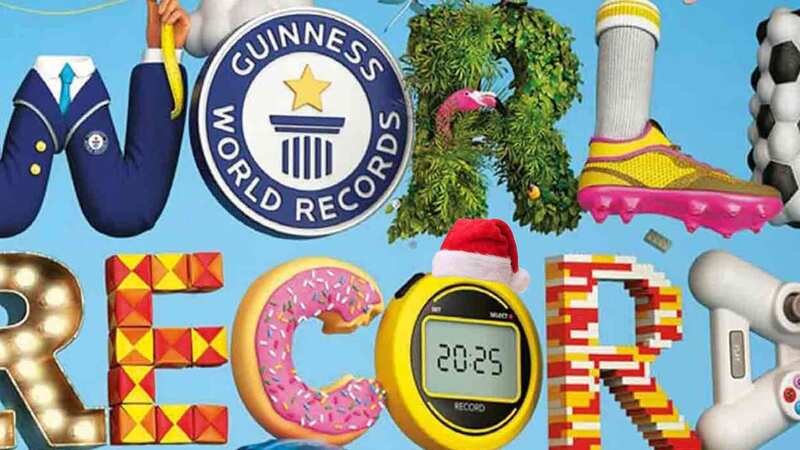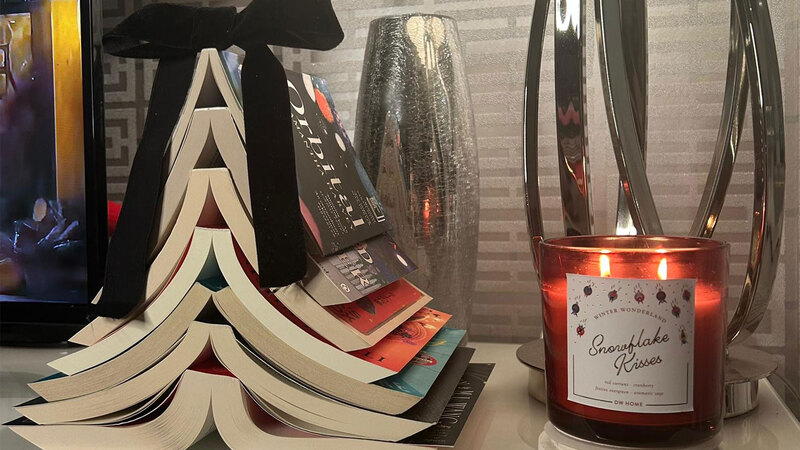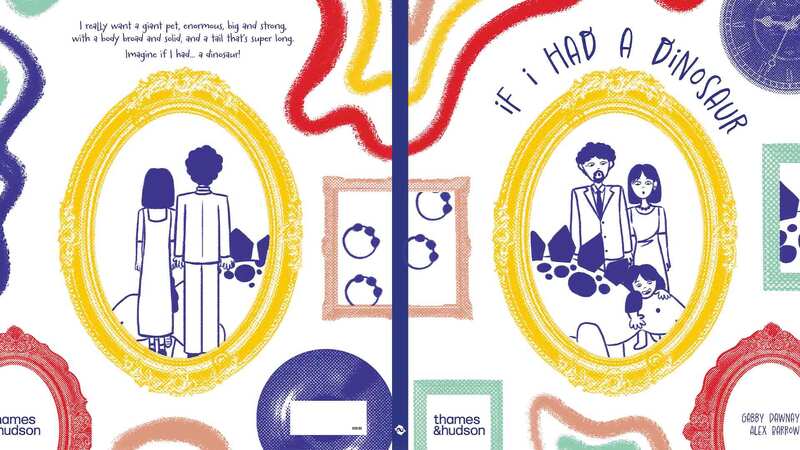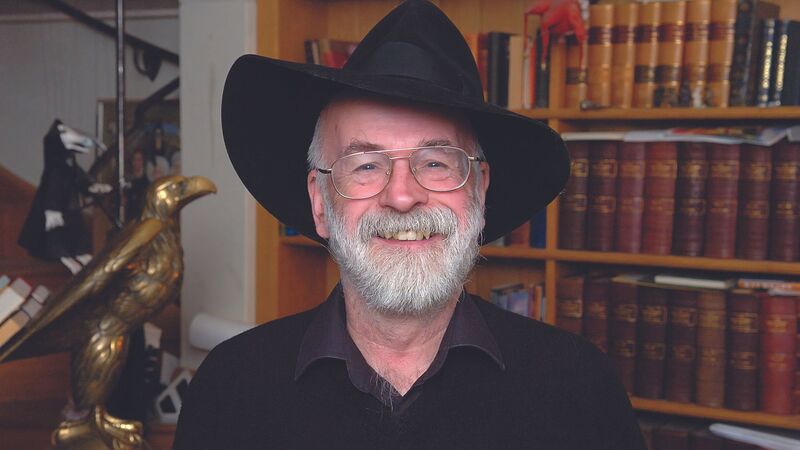You are viewing your 1 free article this month. Login to read more articles.
Strength in depth sees print sales soar in the first six months
Forget, for a moment, your Brexit anxiety and revel in the glory of 2016. Thus far the trade has had a stellar year: print sales in the UK in the first six months of 2016 rocketed up 9.3% year on year to £644.9m, the market’s biggest half-year percentage rise in 14 years, and the second-largest jump since Nielsen BookScan full-market data began in 2001.
In a way, this year’s success is much the same as last year’s—just done a whole lot better. At this point in 2015, the market was up 3.9% (the first rise in print sales in seven years), driven in part by a breakout healthy cookery superstar, the adult colouring-in craze and Paula Hawkins. Sound familiar?
In 2016 the cookery star is, of course, Joe Wicks, who is the year to date’s bestselling author. His two print titles have earned some £7.1m in the first 26 weeks of 2016, representing a whopping 20.8% of publisher Pan Macmillan’s TCM total: Lean in 15 (Bluebird) shifted 717,869 units (£5.7m), 300,000 more than 2016’s next-bestselling title (Hawkins’ The Girl on the Train, with 417,023 units). By comparison, 2015’s clean-eating breakout, Ella Woodward, chalked up £1.9m through the TCM in the first half of 2015 with her Deliciously Ella (Yellow Kite).
At the six-month mark last year, BookScan’s Woodward-boosted Health, Dieting & Wholefood Cookery sector rose 110% to £8.9m, by some distance the sub-category’s biggest first half of the year since records began. This year it has built on that high base, starjumping 88.5% to £16.7m. Strip out Wicks and the sub-category still would have been up a healthy 15.7%. Woodward has done her part in 2016, too, with sales of £1.8m, just 2.7% down year on year.
Between the lines
Those who predicted the adult colouring book fad would fade and eventually be as much a part of 2015 nostalgia as Drake’s “Hotline Bling” video and that white/gold or blue/ black dress (it’s clearly white/gold, how can you not see that?) were dead wrong. BookScan’s Handicrafts, Arts & Crafts category—where most of the adult colouring book titles are coded—has raked in £13.1m in 2016, 30.2% up on last year’s record first-half total. This year has seen a broader base for colouring books: 21 titles in the sector have shifted £50,000 or more through the TCM in 2016, compared to 11 a year ago. We should perhaps note that, given the popularity of colouring in “off BookScan” non-traditional shops, the £13.1m undoubtedly underplays the scope of the continued popularity of the trend.
And then there’s Hawkins. She has improved on her breakout first half of 2015, selling £2.7m (up 15% year on year). The Transworld-published The Girl on the Train already has a host of chart records, including the most ever Original Fiction number ones (29), but now it can add another: it is the only title since records began to top both the Original Fiction and Mass Market Fiction first-half charts.
The Girl on the Train-fuelled psychological thriller trend continues to flourish this year, with breakouts including Renée Knight’s Disclaimer (Black Swan, £460,000 in print sales), Julia Heaberlin’s Black-Eyed Susans (Michael Joseph, £402,000) and
Ruth Ware’s In a Dark, Dark Wood (Vintage, £301,000) following in Hawkins—and predecessor Gillian Flynn’s—considerable wake. Boosted by Hawkins et al, BookScan’s Crime, Thriller & Adventure category is up 12.8% (to £45m) thus far this year, an incredible result given the sector’s massive migration to digital in recent years.
Spreading the love
Perhaps the most interesting thing about 2016’s print rise is the underlying, across the board strength. It is not just one or two authors such as Wicks and Hawkins pulling the rest of the market along, as was the case in the Fifty Shades-dominated summer of 2012. There is depth in 2016: 527 titles have earned more than £100,000 through the TCM thus far this year, compared to 480 in 2015. Further down the list, 1,299 books earned more than £50,000 in 2016 compared to 1,167 last year.
And it is not the big boys that are driving the print growth. We will look into publisher performance in greater depth next week, but all of the “Big Three” groups failed to eclipse the overall market’s 9.3% rise. Of the trio, Penguin Random House’s sales jumped the most (up 6.7% to £144.3m); Hachette’s climbed marginally (+1.8% to £76.2m); and HarperCollins suffered a slim drop (–0.8% to £46.1m).
Both Hachette (11.8%, down from 12.5%) and HC (7.1% from 7.8%) lost market share, while PRH stayed level on 22.4%. Therefore, the “Big Three” accounted for 41.3% of British book trade sales for the first half of the year: the lowest ever collective share for the conglomerates.
Pan Mac, which has been knocking on the door of the “Big Three” for the past few years, has had another massive, market-busting, half-year, up by more than a third (36.5%) to £34.2m—and this compared to a 2015 first-half in which its sales had risen
by 20.4%. Pan Mac’s market share rose a full percentage point year on year to 5.3%, yet even adding those sales to PRH, Hachette and HarperCollins’ totals, the top four publishing groups generated 46.6% of UK print book sales through Nielsen BookScan in the first half of the year—again, an all-time low.
As we noted in our reviews of 2015, perhaps a more democratic spread of the bookselling pie to publishers outside the top four is being driven by a resurgent Waterstones and indie bookshop sector. Certainly the high average selling price of 2016 (£7.90, up 32p on 2015) suggests the market is being driven by outlets that thrive less on deep discounting.
The breakdown: where the gains lie
| Category | 2015 VOL | 2016 VOL | 2015 VAL | 2016 VAL | Vol +/- | Val +/- |
|---|---|---|---|---|---|---|
| Fiction | 23,416,491 | 23,210,180 | £144,012,694 | £150,492,217 | -0.9% | 4.5% |
| Non-Fiction: Specialist | 3,581,966 | 3,974,991 | £65,150,240 | £70,864,070 | 11.0% | 8.8% |
| Non-Fiction: Trade | 24,681,298 | 28,085,671 | £241,977,556 | £275,612,090 | 13.8% | 13.9% |
| Children's | 25,961,873 | 26,263,534 | £138,372,410 | £146,958,807 | 1.2% | 6.2% |
Though the first six months of this year saw a number of beloved celebrities die, the England football team lose to Iceland and British politics turn into some kind of end-of-days dystopian novel with a giant, improbable twist every five pages, the print market (along with Andy Murray) defied the curse of 2016 by performing stupendously.
Most notable gains were made in Trade: Non-Fiction, where Joe Wicks alone shifted nearly a million copies of Lean in 15 and Lean in 15: The Shape Plan (Bluebird), totting up a total of 11 weeks as the Official UK top 50 number one.
It wasn’t only “The Body Coach” who set trade Non-Fiction on the path to greatness, though, as Wicks’ total volume accounted for only 25% of the category’s growth. Mary Berry played a blinder with Foolproof Cooking (BBC). the title shifted nearly 200,000 copies and saw her, once again, claim Mother’s Day as Berry territory. this was despite a spirited challenger in Jason Hazeley and Joel Morris’ How it Works: The Mum (Michael Joseph); along with the other Ladybird Books for Grown-Ups, which continued to fly off the shelves after their pre-Christmas heyday, Hazeley and Morris boosted trade Non-Fiction by some £3.5m.
While Fiction was the only category to have any decline at all (-0.9% in volume, though +4.5% in value) the difference compared to 2015 was just 200,000 units—and E L James’ Grey (Arrow) sold 700,000 copies before the year’s halfway mark last year. With Grey stripped out, 2016’s Fiction volume would be ahead by 2.1%—and even including Grey, 2016 still decisively won in value terms. Paula Hawkins’ The Girl on the Train continued to prove unstoppable, with both the paperback and hardback editions racking up strong sales.
Children’s 6.2% boost in value owed a lot to the backlists of two of its superstars: David Walliams and J K Rowling. while Walliams’ new title, The World’s Worst Children (HCCB), earned £1.8m, his entire oeuvre contributed 3.5% of Children’s total value. A big year for the Harry Potter franchise saw Rowling’s début rack up its highest weekly sale since 2007.











